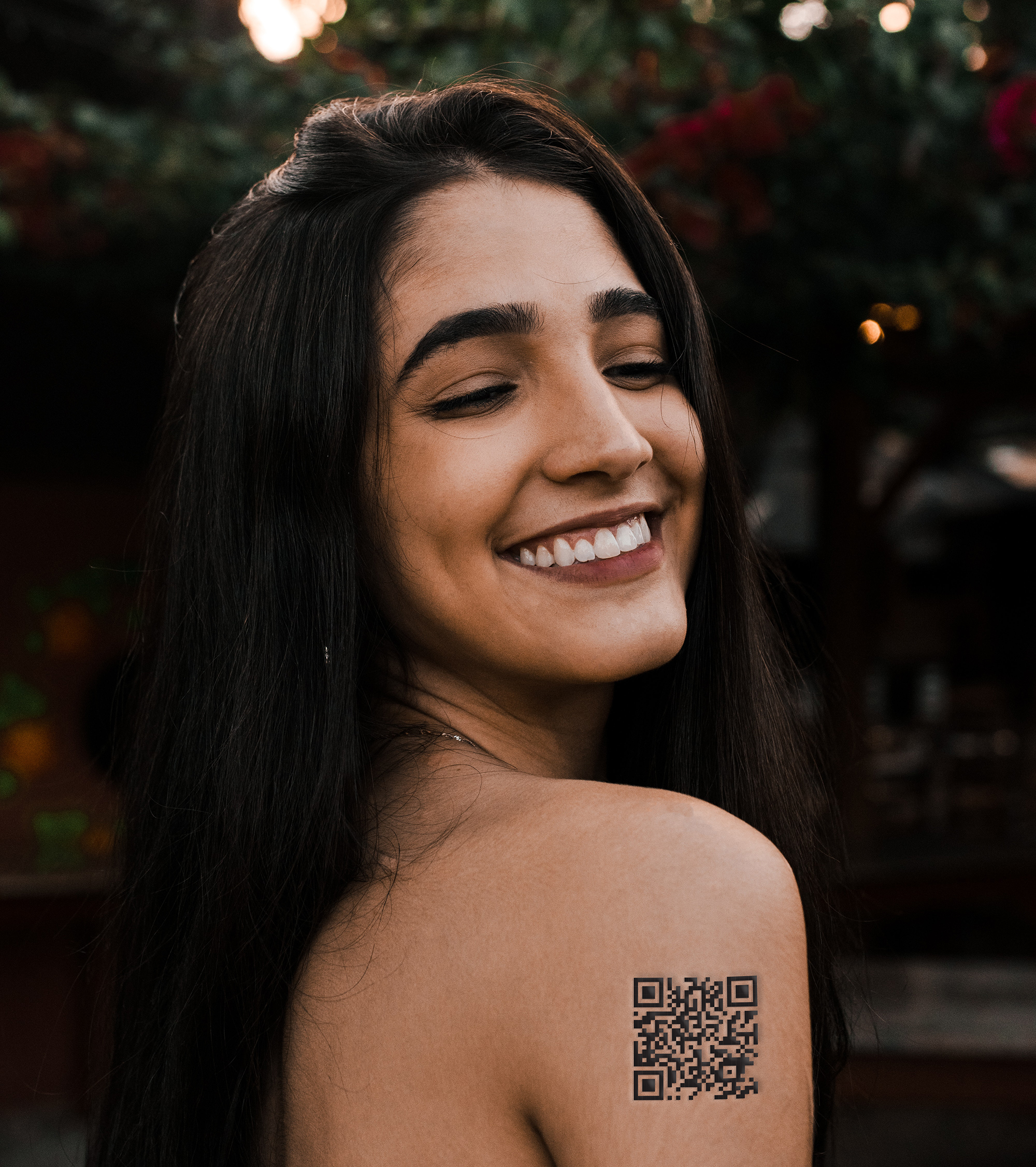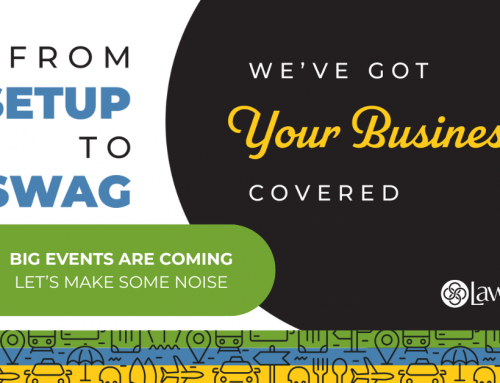The QR code is having a moment. And it’s likely to be here for good.
What exactly is a QR code?
The QR code is simply a two-dimensional code that can be read by smartphones. The codes share links to websites, contact info or to payment sites. They are the magic technology that connects tangible print media with the abstract digital world.
They’ve become so standard that most smartphones have a built-in QR code reader app that decodes the data and sends the user straight to the linked site.
QR codes have been in use since 1994, although it may seem they were invented to read menus during the heat of Covid 19. They were originally developed to optimize scanning inventory for the Japan-based manufacturer Denso.
With QR codes around for almost 30 years, why does it seem like they have only recently shown up everywhere?
While some marketers have refused to use them because they’re “ugly”, we think they’ve gotten a bad rap because they’ve been misused. Why simply link your QR code to your main website? What’s the point? It seems like it would be easier for the end user, but if the only payoff to taking out your phone and scanning the code is getting to the main website, it falls a little flat.
QR codes are growing in popularity and use, despite their disliked digital display. Their value is better understood, and the “payoff” for the user has become more worth it.
Where are QR codes traditionally used?
- Product packaging
- Advertisements, both print and digital
- Presentations, lecture notes, and syllabi
- Websites (it’s a bit meta, but they are common on websites)
- Storefronts, windows, tables, and doors
- Retail inventory (care instructions, material, etc.)
- Industrial inventory items (serial number, manufacturing specs, etc.)
- Business cards
- Emails (either as an email signature or as direct marketing)
- In-store signage
- Catalogs
- Flyers
When using a QR code in your marketing materials, keep in mind that their primary purpose is to direct the user to “more” – something beyond the printed materials, something beyond the website, something that adds value to the product or brand experience for the customer.
Let’s look at several examples of functional, creative uses of the QR code.
- Wi-fi network sharing – This should be a no-brainer for every coffee shop, hotel, or common workspace to allow for easy access to a shared wi-fi network. No more “what’s your wi-fi password” hassle for your employees.
- Business cards – There is still value to the ritual of a printed business card but think of everything you could include on your V-card if people simply scanned a QR code. Your full information including social links, contact information, a photo, and maybe even links to your resume, company website, etc.
- Link to tutorial – Is there an audio or video version of the written instructions? People learn in different styles, so for complex instructions this is a plus.
- On tickets – Beyond authentication, the QR code could include additional value-added discounts at the event, ask for feedback, and track audience attendance in real time.
- Any tour or display – Wouldn’t it be cool to learn more about an artist, right next to the piece of art you are admiring? Or what if while walking in an unfamiliar city, the architecture of a particular building was explained?
- Customer satisfaction survey on a receipt – The receipt is getting printed anyway. Why not get customer feedback on their experience in your store or restaurant?
- In trade show booths to sign up for a prize entry – We’ve all dropped our business cards in the fishbowl at a trade show booth. By having your audience scan a QR code and enter their information digitally on a landing page, you’ve saved yourself the step of data entry!
- On a wine bottle to link to pairing suggestions – Wouldn’t you love to pick the perfect wine to have with that recipe you love? Or maybe just pick the food to eat with your favorite wine? Either way, it’s a fantastic way to set the wine up to shine.
- On any food product packaging – In addition to providing nutritional, allergen and health information, you could offer recipe suggestions, photos of people enjoying your product, traceability information, or a link to your complete product catalog.
- On a resume – A professionally done printed resume is still the expected standard. But what if you have a digital portfolio to highlight your work? Why just give a URL, when you can link your future boss directly to your display of work?
People are using QR codes on everything from headstones to tattoos. While those seem a little out there, these magic little digital codes can enhance your marketing.
Call Lawton to create a cohesive marketing program using QR codes.


